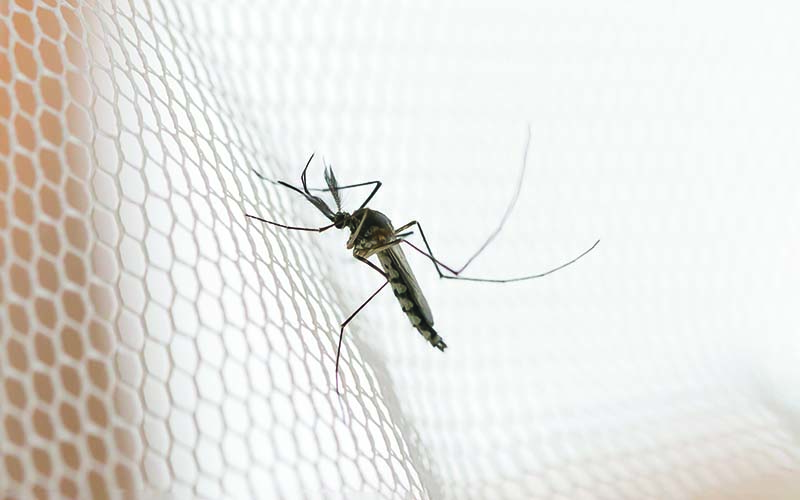Search

Global efforts led by The Kids Research Institute Australia’s Child Health Analytics program will see nations impacted by high rates of malaria empowered to develop their own controls and solutions.
Research
Fine-scale maps of malaria incidence to inform risk stratification in LaosMalaria risk maps are crucial for controlling and eliminating malaria by identifying areas of varying transmission risk. In the Greater Mekong Subregion, these maps guide interventions and resource allocation. This article focuses on analysing changes in malaria transmission and developing fine-scale risk maps using five years of routine surveillance data in Laos (2017-2021). The study employed data from 1160 geolocated health facilities in Laos, along with high-resolution environmental data.
Research
Severe outcomes of malaria in children under time-varying exposureIn malaria epidemiology, interpolation frameworks based on available observations are critical for policy decisions and interpreting disease burden. Updating our understanding of the empirical evidence across different populations, settings, and timeframes is crucial to improving inference for supporting public health.
Research
Malaria risk stratification in Lao PDR guides program planning in an elimination settingMalaria in Lao People's Democratic Republic (Lao PDR) has declined rapidly over the last two decades, from 279,903 to 3926 (99%) cases between 2001 and 2021. Elimination of human malaria is an achievable goal and limited resources need to be targeted at remaining hotspots of transmission.
Research
Updating estimates of Plasmodium knowlesi malaria risk in response to changing land use patterns across Southeast AsiaPlasmodium knowlesi is a zoonotic parasite that causes malaria in humans. The pathogen has a natural host reservoir in certain macaque species and is transmitted to humans via mosquitoes of the Anopheles Leucosphyrus Group. The risk of human P. knowlesi infection varies across Southeast Asia and is dependent upon environmental factors.
Research
High-resolution spatio-temporal risk mapping for malaria in Namibia: a comprehensive analysisNamibia, a low malaria transmission country targeting elimination, has made substantial progress in reducing malaria burden through improved case management, widespread indoor residual spraying and distribution of insecticidal nets. The country's diverse landscape includes regions with varying population densities and geographical niches, with the north of the country prone to periodic outbreaks.
Research
A randomized, double-blind placebo-control study assessing the protective efficacy of an odour-based 'push-pull' malaria vector control strategy in reducing human-vector contactNovel malaria vector control strategies targeting the odour-orientation of mosquitoes during host-seeking, such as 'attract-and-kill' or 'push-and-pull', have been suggested as complementary tools to indoor residual spraying and long-lasting insecticidal nets. These would be particularly beneficial if they can target vectors in the peri-domestic space where people are unprotected by traditional interventions.
Research
Human landing catches provide a useful measure of protective efficacy for the evaluation of volatile pyrethroid spatial repellentsThe human landing catch (HLC) method, in which human volunteers collect mosquitoes that land on them before they can bite, is used to quantify human exposure to mosquito vectors of disease. Comparing HLCs in the presence and absence of interventions such as repellents is often used to measure protective efficacy (PE).
Research
Global estimates of the number of pregnancies at risk of malaria from 2007 to 2020: a demographic studyThe most recent global estimates of the number of pregnancies at risk of Plasmodium falciparum and Plasmodium vivax malaria infection are from 2007. To inform global malaria prevention and control efforts, we aimed to estimate the global distribution of pregnancies at risk of malaria infection from 2007 to 2020.
Research
Traditional Beliefs, Practices, and Migration: A Risk to Malaria Transmission in Rural NepalThe study aimed to explore sociocultural factors influencing the risk of malaria and practices and beliefs towards malaria prevention, transmission and treatment in a remote village in Khatyad Rural Municipality (KRM) of Nepal. A sequential exploratory mixed methods approach was used.
